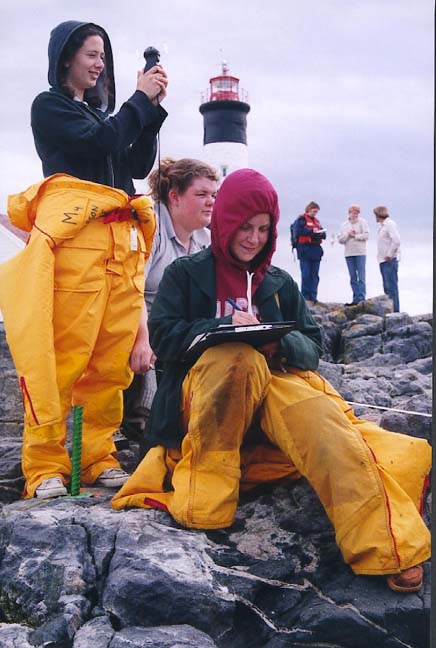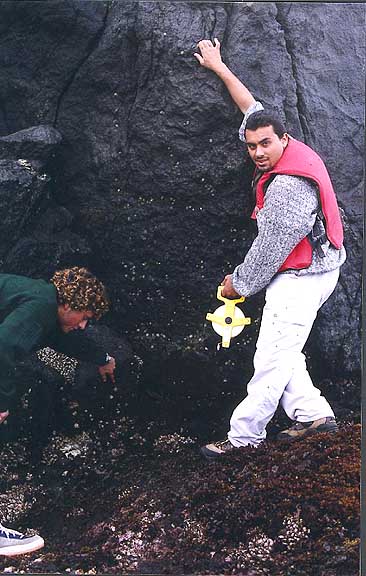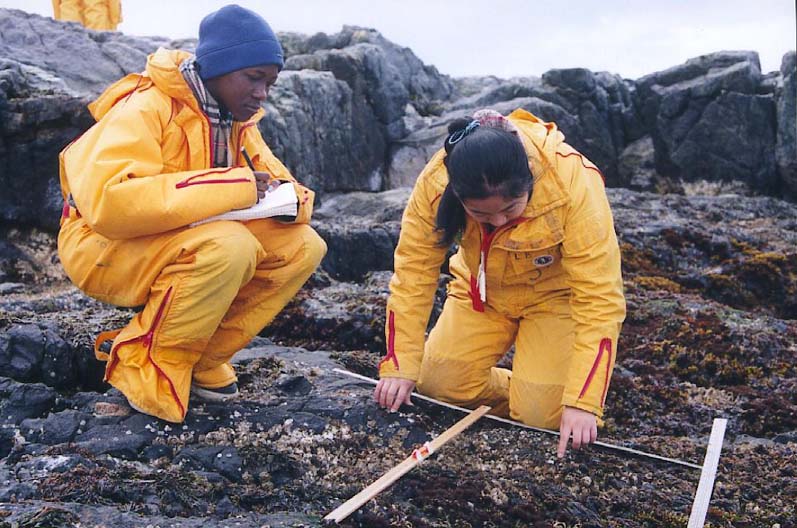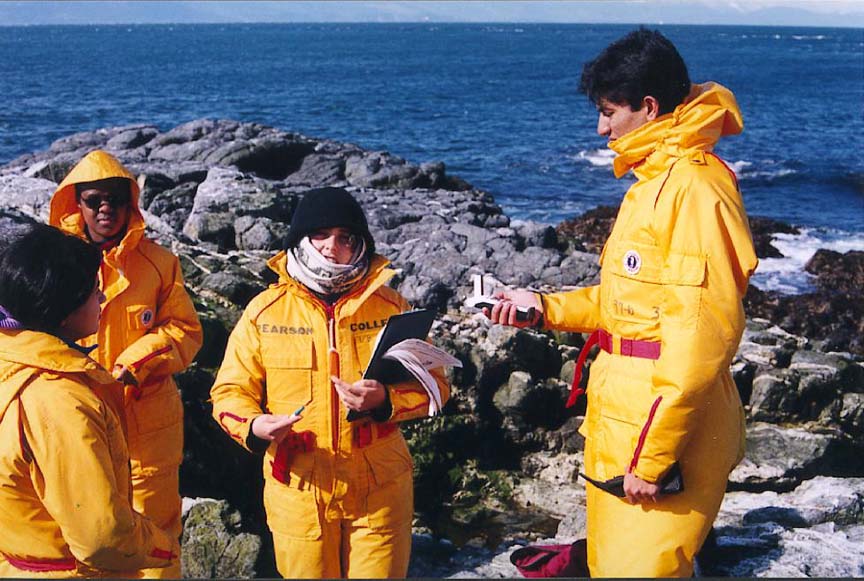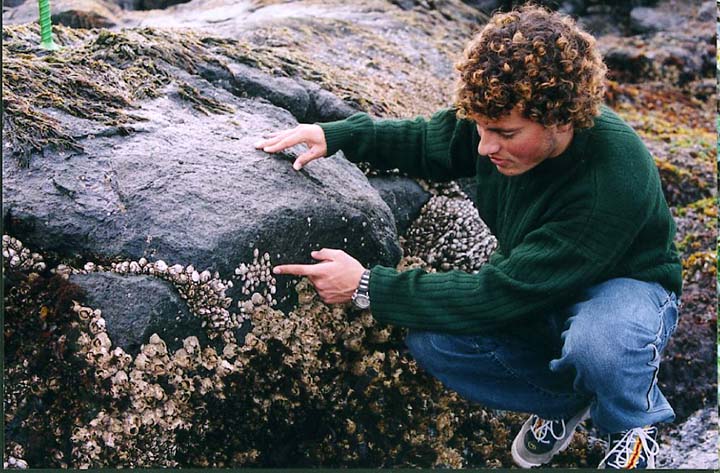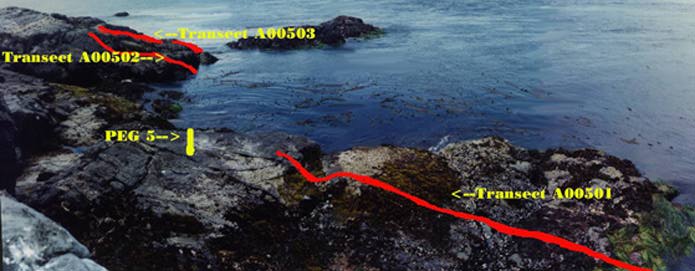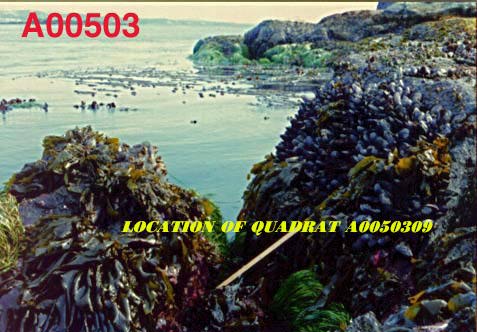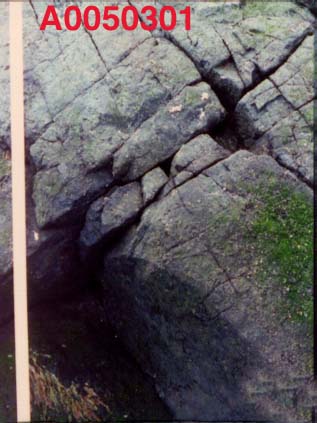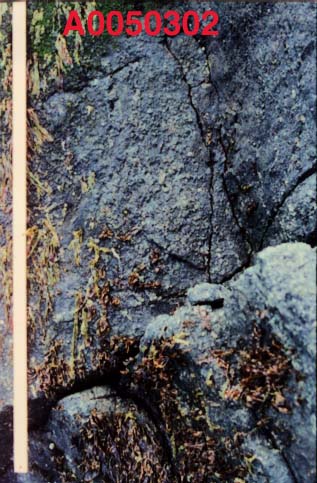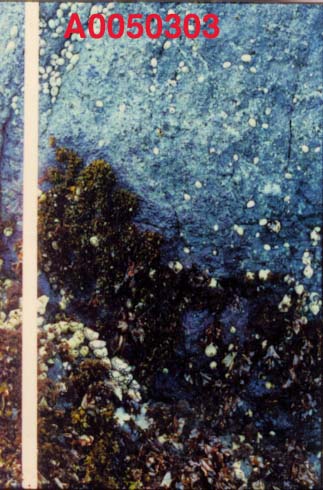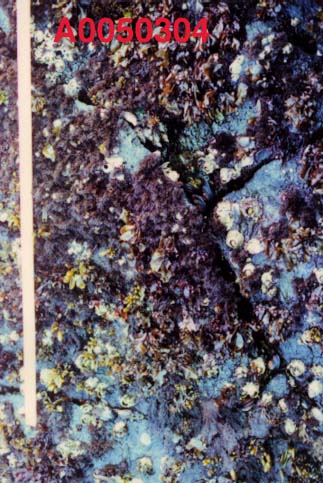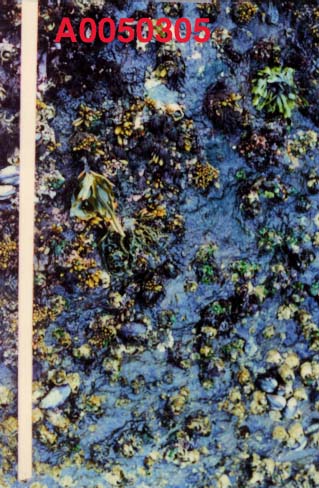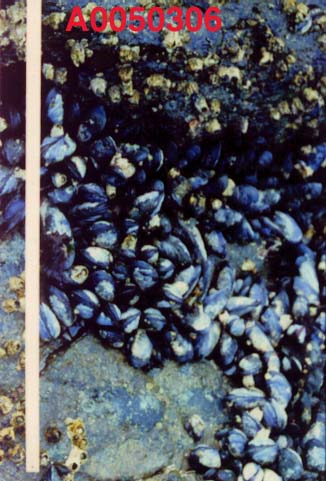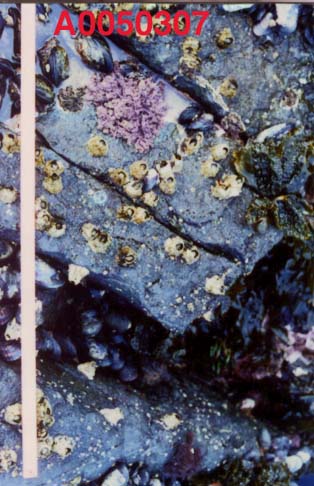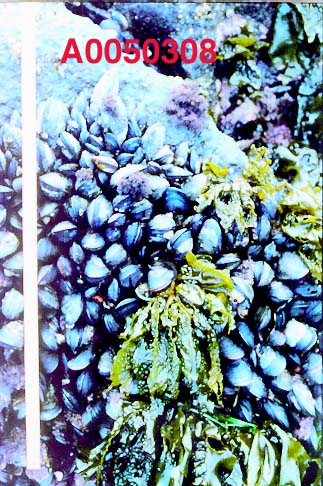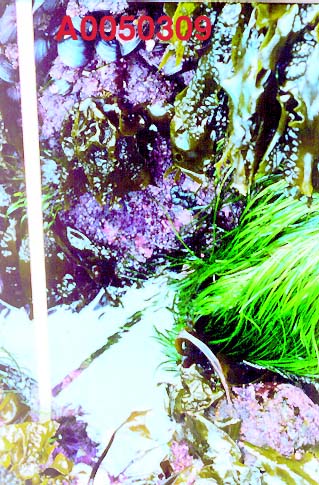| BACKGROUND: In the populations of animals which we encounter at Race Rocks, we see a good representation of the biodiversity of the area. For years we have wanted to get a better idea of the levels of the bird and mammal populations throughout the year and also from one year to another. We have had scientists record the Christmas Bird Count in recent years, but we also need to have an idea of the population levels throughout the year. Scientists can determine the health of an ecosystem by knowing the trends of the populations through time. You have an opportunity here to contribute to the body of knowledge about the changes in populations through time. |
| Objectives: After doing this assignment, students will be able to:
a) Gather census data on populations of animals at Race Rocks using the remote cameras. b) Use a simple dichotomous key for the identification of species. c) Analyze the seasonal trends in populations of birds and mammals from Race Rocks d) Describe the correlations between population trends on a particular day, and climatic conditions. (If you are on sight at RR) you can document populations of species closeup such as in the surge channel or tidepool areas. Also physical factors such as ph, Salimnity and temperature, along with stratification can be recorded. These change through the seasonsd. If there is no reference file set up for one of the areas , feel free to start one and contribute it here. ) 1. Census of Population: We will be estimating the numbers of a particular species in the areas visible from the remote control camera 1 or camera 5 of racerocks.com. Choose a bird or mammal species while viewing the area through camera .Verify the identification of a species observed by using the Dichotomous key for birds and mammals of Race Rocks. 2. Estimate the numbers of individuals of this species in the various sectors of the island visible from camera 5 and or camera 1. Record these in your data book.The ecosystems of Race Rocks are identified below in Table 1. ( You do not need to cover all sectors, however, if you choose a few and monitor them several times, you will get some figures that can be used to establish correlations with time of year, time of day, weather conditions or whatever you define as a possible physical factor that determines population distribution.) 3.Record the location of the population on the Sector maps of Race Rocks. Click on the appropriate image below for the sector designation. Where possible, capture a photo and include it with your data report.. 4. Record the weather conditions from the weather page, and indicate weather you think that they have any effect on the population levels and locations. |
| Note: In the table below other sectors not visible from the cameras such as the tidepools have been numbered. If you are doing research on the island you can link to thespecific tidepool file with the number referred to in the list below. |
| TABLE 1: Race Rocks Sector Designations: |
| 1.0.1.1.8 Race Rocks 1.0.1.1.8.1 Shore and Rock Rise North East of Jetty 1.0.1.1.8.1.1 East Rock rise 1.0.1.1.8.1.1.1 East of House and Bay 1.0.1.1.8.1.2 East shore 1.0.1.1.8.1.3 Water to East 1.0.1.1.8.1.3.1 within 1 km 1.0.1.1.8.1.4 underwater 1.0.1.1.8.28.6 Winch House and grass plain 1.0.1.1.8.28.7 North lawn to dock 1.0.1.1.8.3 Shore North of Jetty 1.0.1.1.8.3.1 Tidepool#14 1.0.1.1.8.3.2 Tidepool#15 1.0.1.1.8.3.3 Tidepool#16 1.0.1.1.8.3.4 Tidepool #17 1.0.1.1.8.3.5 Tidepool#18 1.0.1.1.8.3.6 Tidepool#19 1.0.1.1.8.3.7 Tidepool #20 1.0.1.1.8.3.8 Crevasse 1.0.1.1.8.3.8 underwater 1.0.1.1.8.4 Jetty and Jetty Bays 1.0.1.1.8.4.1 underwater1.0.1.1.8.5 North Perch by cam 5 1.0.1.1.8.6 West Perch and cliff face 1.0.1.1.8.6.1 underwater 1.0.1.1.8.7 Rain Pools and close foreground -cam5 1.0.1.1.8.10 SW corner by surge channel rock 1.0.1.1.8.22 Race passage to Bentinck Island |
| Lesson 2: Animal Behavior.Go to this file for the Animal Behavior lab. |
| Link to the Reference File for the Census Lab: |











